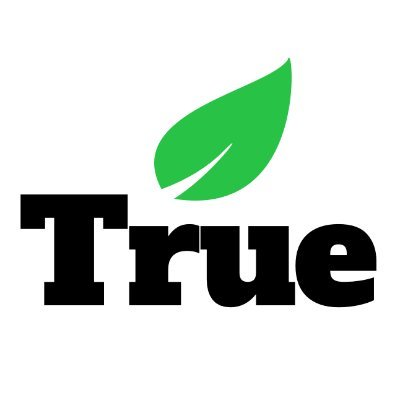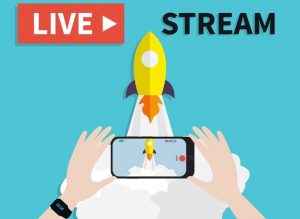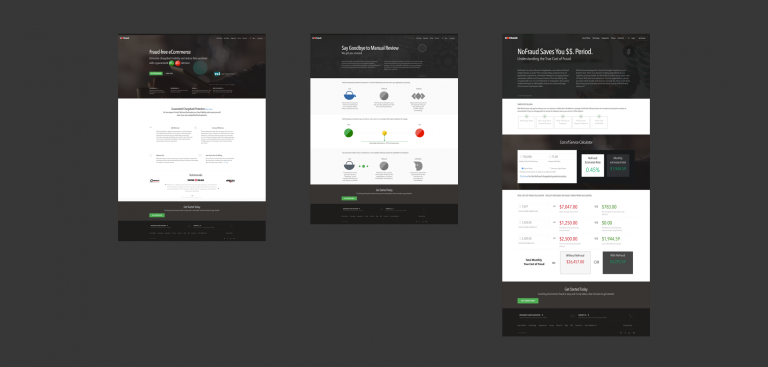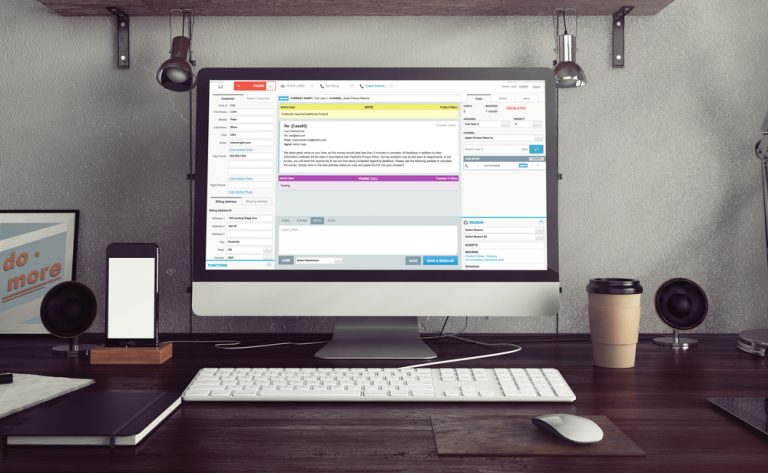As 2017 drives on, we’ve seen the continued evolution of digital media, mostly surrounding video, especially with regards to live streaming and mobile. It’s paramount for any organization, regardless of size, to be aware of these trends on order to best take action and capitalize on them.
Mobile, OTT, Live
More and more video is being produced for and consumed on mobile. The weekly share of time spent watching TV and video on mobile devices has grown by 85% since 2010. Mobile will account for 72% of US digital ad spend by 2019. Traditional plugged-in cable TV continues to decline, as audiences demand to consume their media, wherever and whenever they want.
Over-the-top content (OTT) is audio, video, and other media content delivered over the Internet without the involvement of a multiple-system operator (MSO) in the control or distribution of the content – think Netflix and Hulu over your traditionally HBO cable subscription. It’s becoming an increasingly important segment of the video viewing population, and the rising popularity of multiple OTT services beyond Netflix only suggests that the market is poised for more growth. According to comScore, 53% of Wi-Fi households in the U.S. are now using at least one over-the-top streaming service, with Netflix being the primary choice.
Meanwhile, the Live streaming market continues to explode, expected to grow to $70.05B by 2021, from $30.29B in 2016. Breaking news makes up 56% of most-watched live content, with conferences and speakers tied with concerts and festivals in second place at 43%.
The usual giants are leading the charge with regards to propagating and capitalizing on live streaming; in June of 2016, it was reported that Facebook had paid 140 media companies a combined $50m to create videos for Facebook Live. Industry influencers predict that we will see major brands partner with live broadcasting talent to personalize their stories, as well as innovate regarding monetization with regards to live video. We might even see the resurgence of live advertising, according to food blogger Leslie Nance in a report by Livestream Universe. “I think we will be seeing more of live commercial spots in broadcast. Think Lucy, Vita Vita Vegimen. We will come full circle in the way we are exposed to brands and their messages.”
However, one of the greatest advantages of live streaming is its simplicity and affordability – even small business owners can – and should – leverage its benefit. Says Content Strategist Rebekah Radice,
“Live streaming has created a monumental shift in how we communicate. It took conversations from static to live, one-dimensional to multi-faceted. I predict two things. Companies that (1) haven’t established relationships with their social media audience (invested in their community – optimized the experience) and (2) don’t extend that conversation through live streaming video (created an interactive and open communication channel) will lose massive momentum in 2017.“
The Social Media Connection
Social Media is used especially in concert with live video. Because live streaming propagates a feeling of connectedness – very similar to the eruptions of activity on Twitter during unfolding current events – live streaming also inspires more simultaneous activity, especially with regards to communication. Consumers conduct more email, texting, social media use and search while streaming live video than on-demand or traditional TV viewing.
At the beginning of 2016, Nielsen introduced Social Content Ratings, the most comprehensive measure of program-related social media activity across both Facebook and Twitter to account and capture this trend. “With social media playing an increasing role in consumers’ lives and TV experiences, its value for the media industry continues to mature,” said Sean Casey, President, Nielsen Social, in a press release for the company.
By measuring program-related conversation across social networking services, TV networks and streaming content providers can better determine the efficacy of social audience engagement strategies, as well as bring more clarity to the relationship between social activity and user behaviors while watching.
Nielsen says that the ratings system will support agencies and advertisers in making data-driven media planning and buying decisions as they seek to maximize social buzz generated through ad placements, sponsorships, and integrations.
Deeper Analytics, More Challenges
Besides Nielsen’s new Social Content Ratings, we are already seeing major tech platforms like Google and Facebook roll new analytics features that allow users to filter audiences by demographics like age, region, and gender. In the near future, these analytics will become even more complex. Certainly, more sophisticated forms of measuring user engagement will enable advertisers to learn more about how users respond to messaging, with a benefit of building campaigns more cost efficiently, provided they have the ability to see, compare, and take action on their disparate data. One of the main challenges being discussed that faces the market today is the effective integration of digital data with traditional data sources to create new and relevant insights.
There is a deluge of data that is generated through non-traditional channels for media and broadcasting industry such as online and social media. Given the volumes, it is impossible to process this data unless advanced analytics are employed. ~Inteliment
The Proper Data Solution
As we become more accustomed to this “live 24/7” paradigm, the onus is on organizations to ensure that they are properly deriving actionable data from this increasing myriad of sources, so that they may better:
-Assess audience participation and engagement
-Measure the efficacy of media content
-Predict and determine user behaviors
-Plan advertising budget
According to Joe Sticca, Senior Executive of Digital Transformation & Data Science for True Interaction, “…the most deleterious disadvantage of failing to address these pressing issues… is the careless neglect of invaluable business insight that is concealed in the mass of available data.”
Thus, data management systems that have not optimized their operations will not be able to process data to produce relevant information in a timely manner. The lack of machine learning mechanisms within these sub-optimal systems will hinder businesses in their knowledge discovery process, barring organizations from making data-driven decisions in real time. Mr. Sticca concludes that “…now, more than ever, businesses of all size need the ability to do great data discovery, but without necessitating a deep core technical development and data analyst skillset to do so.”
One solution path? Cutting-edge fully-managed data and machine learning platforms like Synaptik, that make it easy to connect with dozens of both structured and unstructured data services and sources, in order to gain the power of algorithms, statistical analysis, predictive modeling and machine learning, for a multitude of purposes, and metrics such as brand sentiment, campaign effectiveness and customer experience. Synaptik helps businesses transform via an adaptive, intuitive and accessible platform – using a modern mix of lightweight frameworks, scalable cloud services, and effective data management and research tools. More importantly, it works with non-IT skillsets to propagate better pattern recognition across your organization’s people and divisions.







